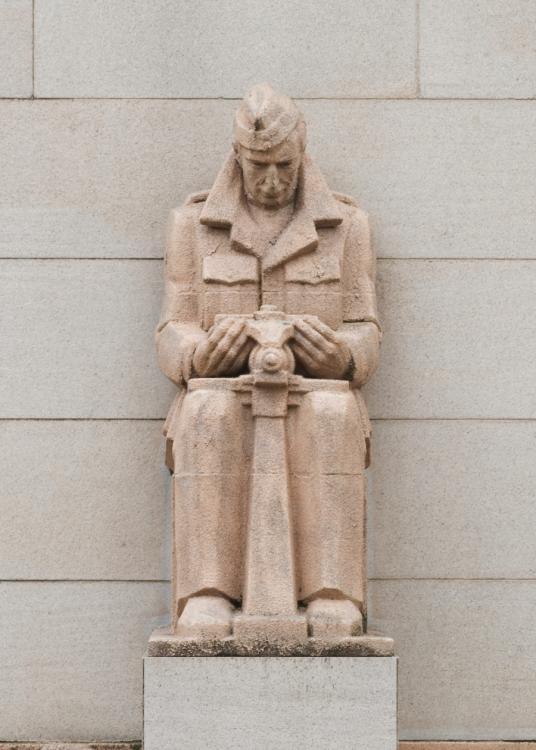Our air force mechanic is operating a portable vice in the workshop at an airfield on the Western Front
Australia may not have had an 'air force' until 1921, but the Australian Imperial Force provided ground staff and aircrew for an Australian Flying Corps (AFC) that numbered four operational squadrons and at least one training squadron by 1918.
The AFC was equipped with at least a dozen different types of aircraft during the course of the Great War. Most of them biplanes, they were almost universally made of stiffened fabric stretched tight over a timber frame. Flaps and ailerons were operated by tightly strung metal cables, and aircrew sat almost on top of most engines and machine guns. To keep these primitive aeroplanes flying, each squadron required teams of skilled and ingenious mechanics.
Explore air force mechanic 3D model
